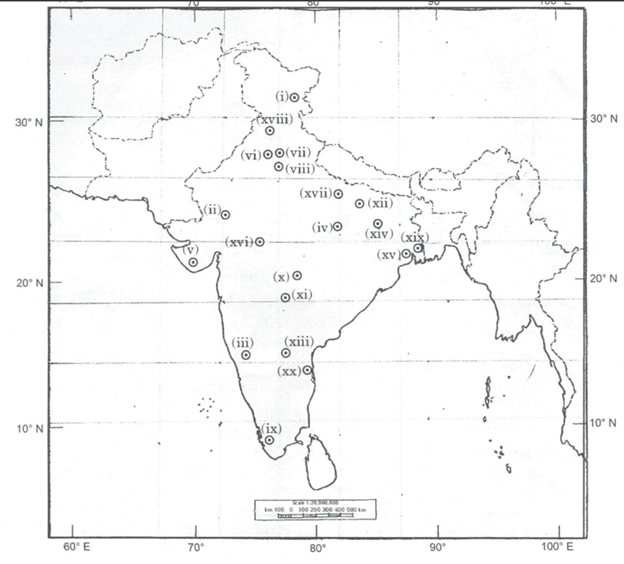| Optional Homepage | Hindi Literature | Geography |
| Law | Philosophy | PSIR |
| Public Administration | Sociology | Anthropology |
| Psychology |
| Online/Offline Programme | Test Series | Books | |
| Delhi | Praygaraj | ||
| Buy Now | Buy Now | Buy Now | Buy Now |
| Download Syllabus PDF |
| 2025 | 2024 | 2023 | 2022 | 2021 |
| 2020 | 2019 | 2018 | 2017 |
| 2025 | 2024 | 2023 | 2022 | 2021 |
| 2020 | 2019 | 2018 | 2017 |

| Download PYQs PDF |
| Online/Offline Programme | Test Series | Books | |
| Delhi | Praygaraj | ||
| Buy Now | Buy Now | Buy Now | Buy Now |


